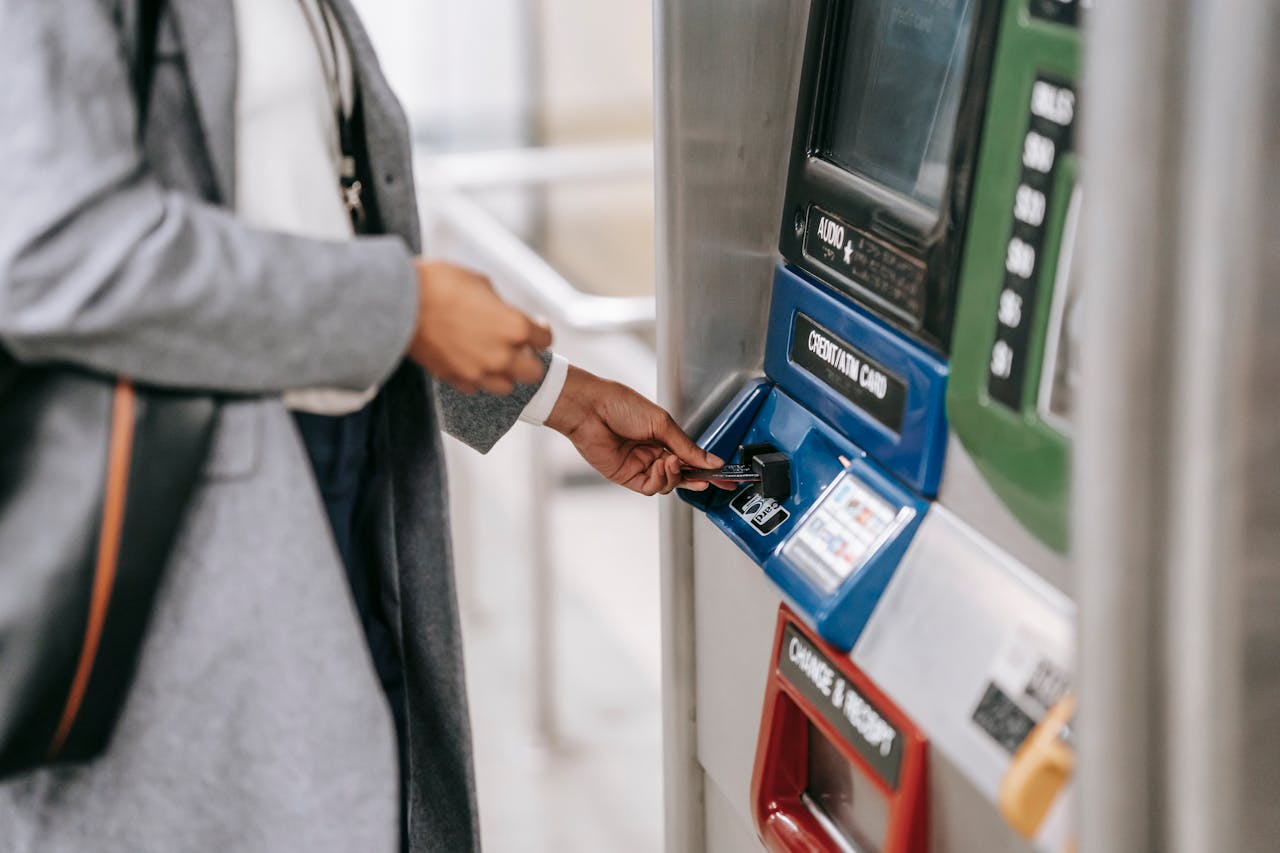

Like most Southeast Asian countries that imposed strict lockdowns at the height of the COVID-19 pandemic, Philippine business also suffered from closures and restrictions throughout most of 2020.
The food service industry was one of the most badly hit sectors, especially with almost no in-store dining allowed throughout the year. As restaurants and other food establishments in the country struggled, many banked on online food delivery services to augment their income as movement control orders were imposed.
The food service industry was one of the essential services that were allowed to remain open during lockdowns in the Philippines. As dining it was not allowed through most of the year, it comes as no surprise that in 2020, the food delivery market in the Philippines logged a total of 55 billion Philippine pesos in revenue.
While there are no more lockdowns that restrict business activities, food delivery businesses seem to enjoy steady growth. What can the food delivery market in the Philippines expect in the country’s post-pandemic economy? We look at trends and opportunities in the industry today.

Despite less stringent lockdown measures to combat the spread of the virus, the upward trend of the market continued through 2021. User penetration is expected to be at 10.1% this year. Online food delivery statistics in the Philippines showed that there were 2.9 million users of online delivery platforms, and the largest segment is in the restaurant-to-consumer delivery service, which logged 9.3 million users. The food delivery market is projected to reach an annual revenue of 333.30 million US dollars in 2022.
Online food delivery platform Foodpanda led the market in 2021, with around 58% market share by revenue. However, GrabFood, under the Grab e-commerce system, has been edging the competition out by gaining 51% of market share by March this year. For the restaurant-to-consumer delivery segment, fast food restaurant chains McDonald’s and Jollibee are leading the market.
Lunch is the largest market for online food delivery services in the Philippines, followed closely by dinner and afternoon snacks. Some of the top food items that consumers order include pizza, doughnuts, milk tea, cakes, burgers, and bakery items. Cake sales have seen a significant increase in delivery orders since 2019.
As consumers continue to lead a digital-first lifestyle, the online food delivery market in the Philippines will continue to develop. Businesses in the food service industry need to have a presence on online food delivery aggregators or set up their own delivery system to keep up.
Meanwhile, those already offering delivery services may need to improve their offers to gain an advantage over their competitors. Variety of food, value for money, and promotions all drive a consumer’s decision to order, so the food service industry needs to keep these in mind to strengthen their offers.
Building up other industries like telecommunications and technology will also help with the development of the online food delivery market in the Philippines. Better payment integration systems, adoption of digital wallets, more user-friendly storefronts, and using business innovations like big data and cloud computing to ensure efficient operations will support the growth of the food delivery market.

Leading the Charge: Major Players in SEA’s Digital Lending Market
The fintech lending market in SEA is poised for substantial growth, including digital lending which is set to surpass digital payments as the primary revenue driver for the region's digital financial services sector by 2025, with a compound annual growth rate (CAGR) of 33%. This growth is fueled by the widespread adoption of automated loan origination processes and the seamless integration of financial services into digital platforms.

Unlocking Opportunities in the SEA Digital Financial Services Landscape
In recent years, Southeast Asia (SEA) has emerged as a hotbed for fintech innovation, transforming the financial landscape across its diverse markets. This transformation is characterized by a surge in digital financial services (DFS), revolutionizing how individuals and businesses manage their finances. However, the journey is not without its challenges, and understanding these is crucial for stakeholders aiming to navigate this rapidly evolving sector.

How SEA Startups are Navigating Funding Challenges
The startup ecosystem in Southeast Asia (SEA) has long been a vibrant hub for innovation and growth. However, recent global economic shifts and the aftermath of the COVID-19 pandemic have ushered in a new era of funding challenges.

Challenges for Sustainable Recovery in Southeast Asia
Sustainable recovery in Southeast Asia faces numerous challenges, yet also presents significant opportunities for green growth. Addressing sustainable issues is crucial for achieving a resilient and sustainable future.